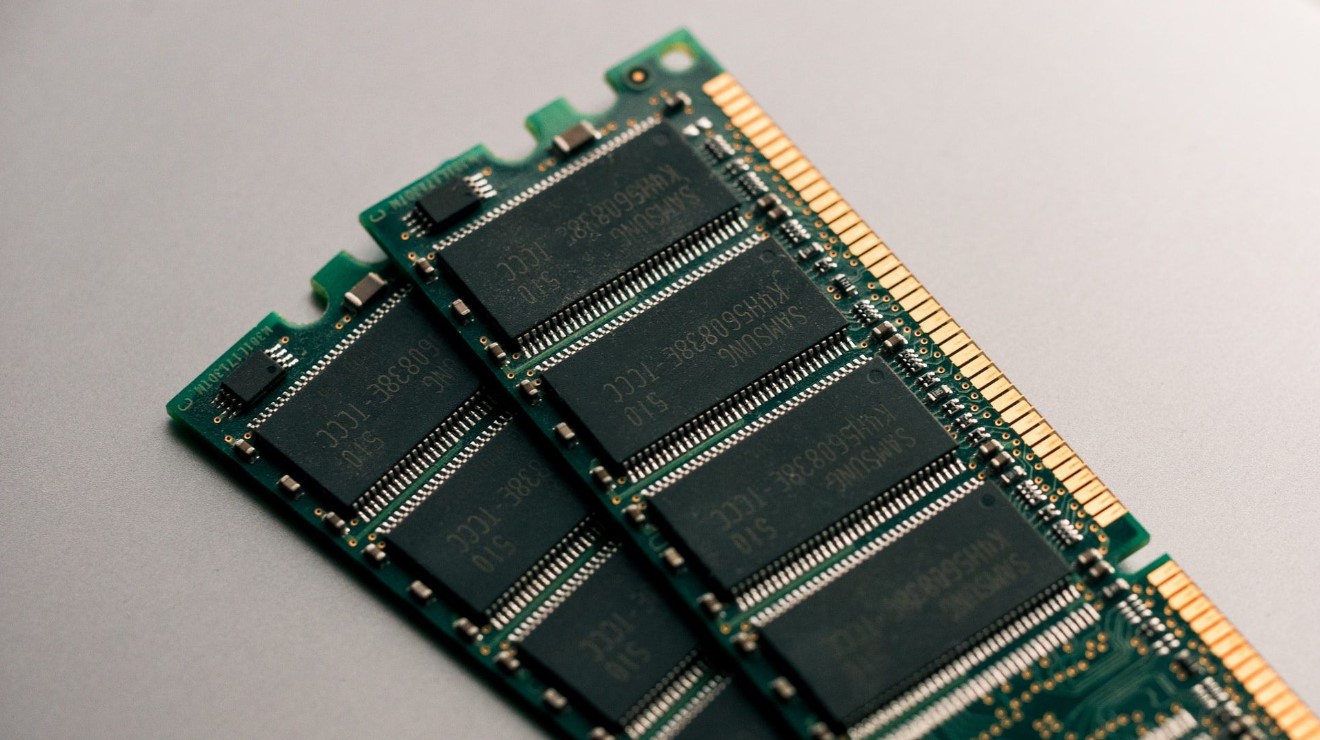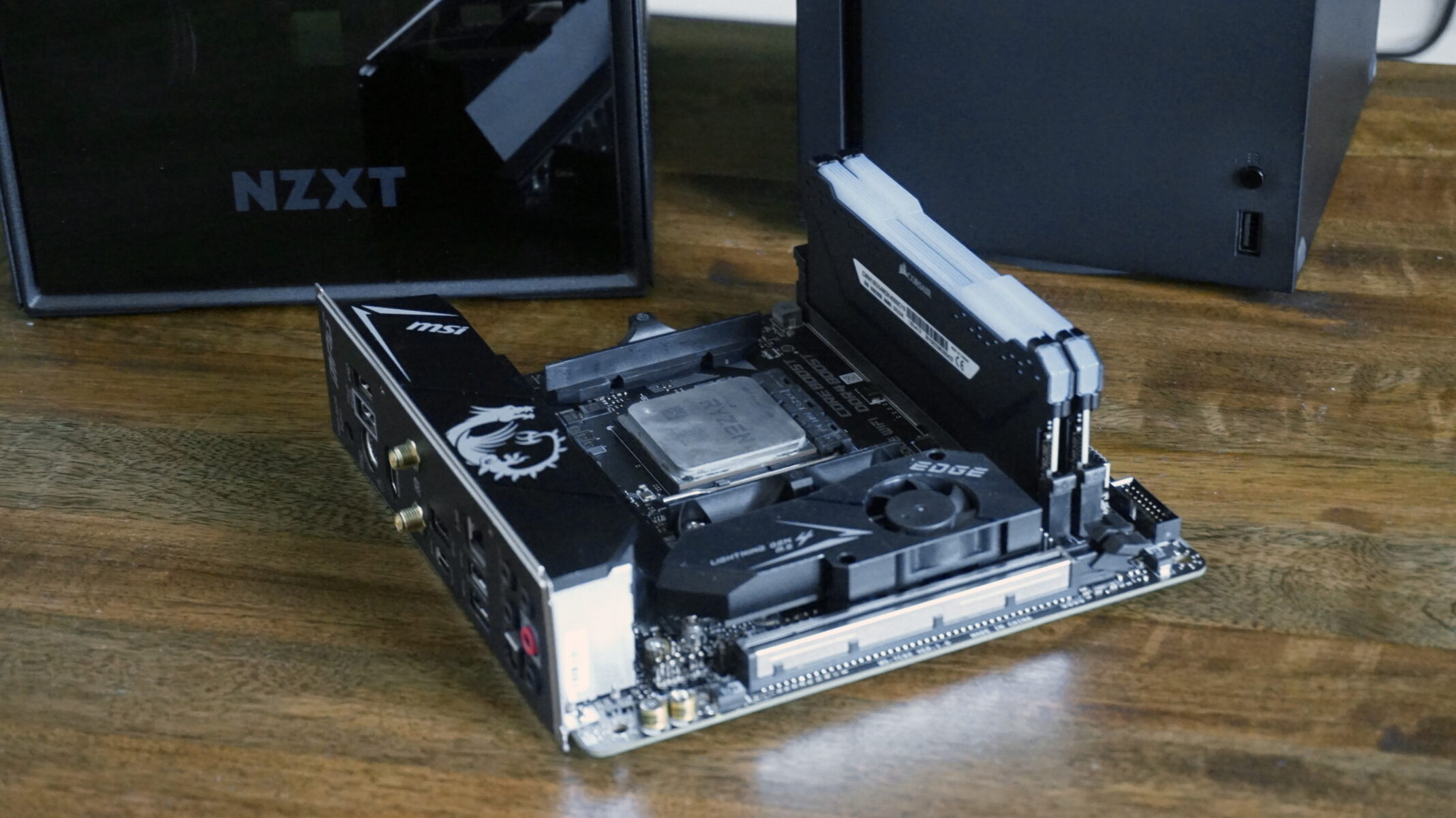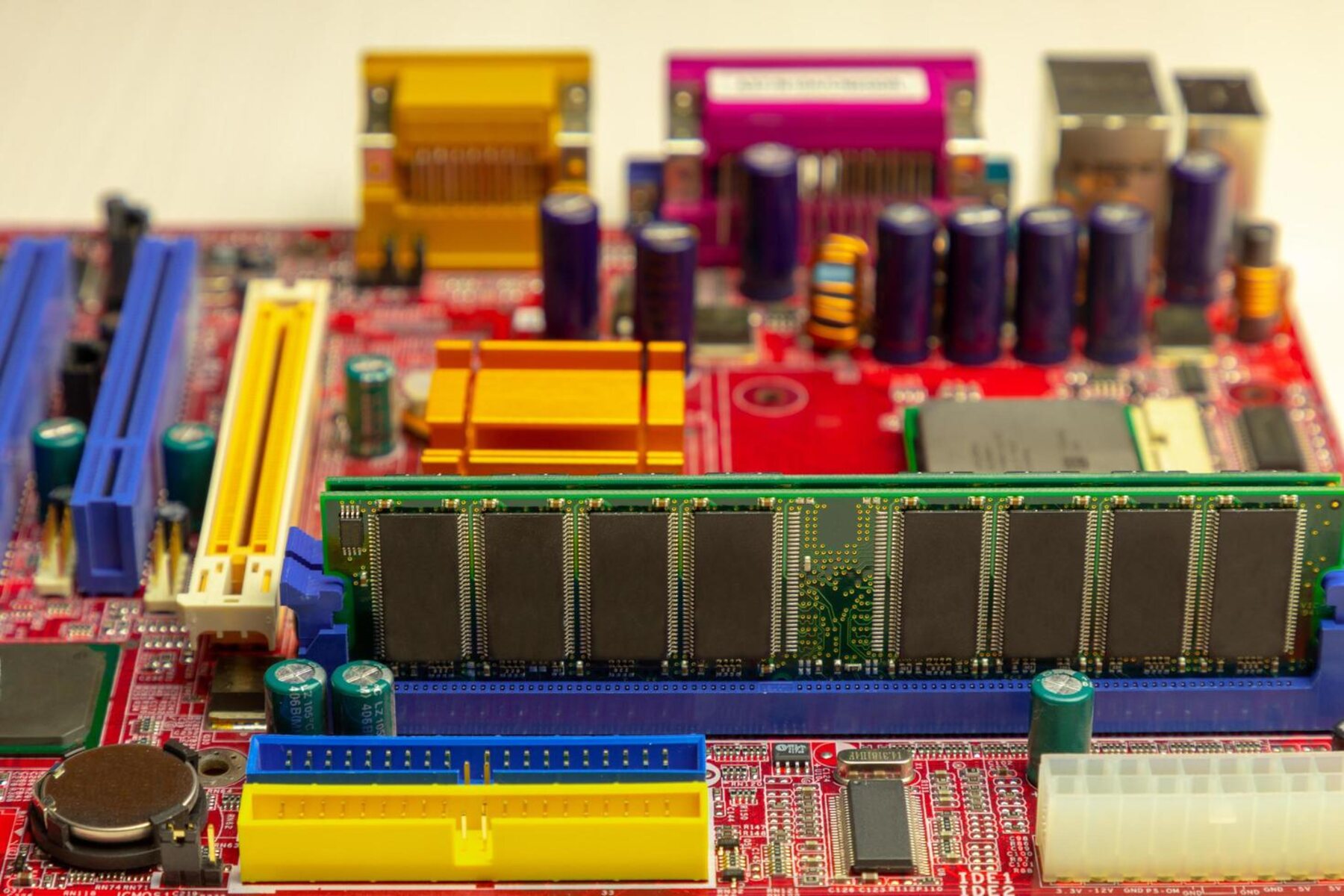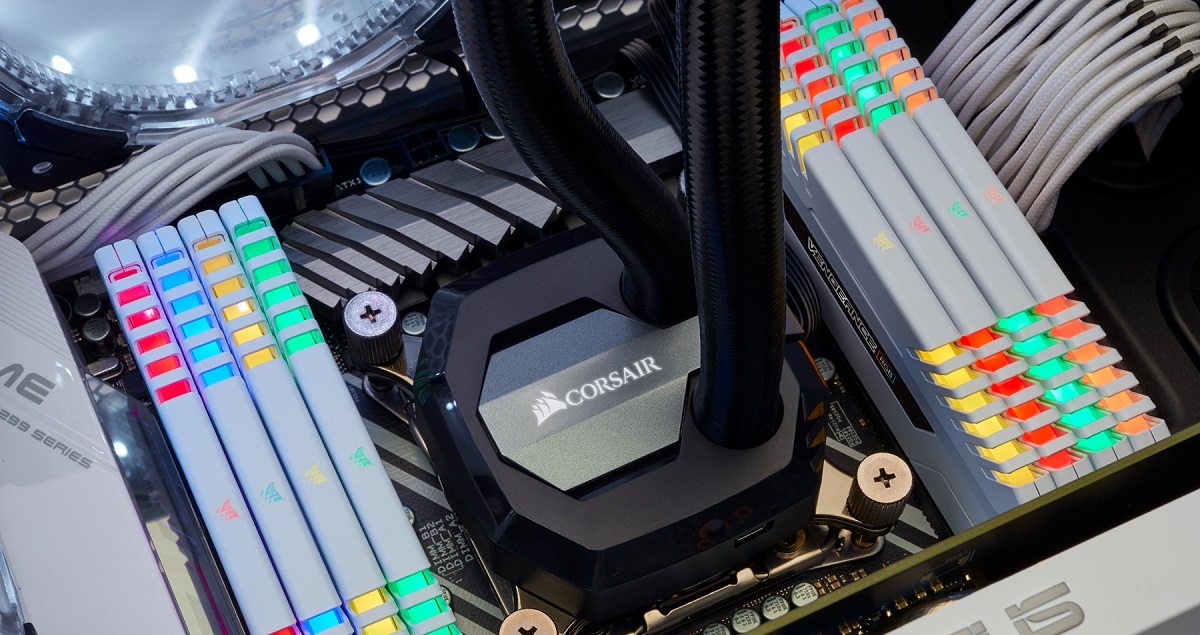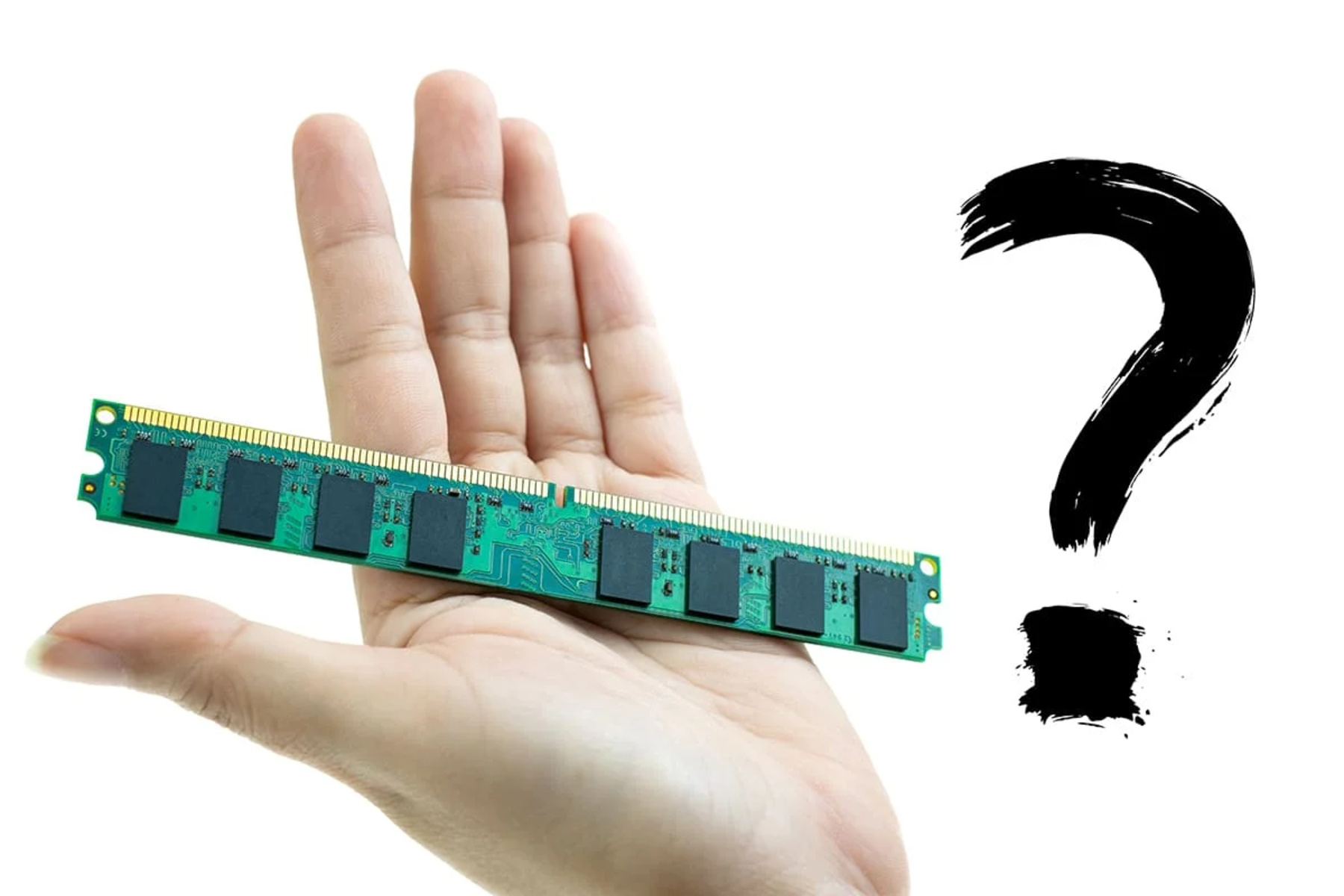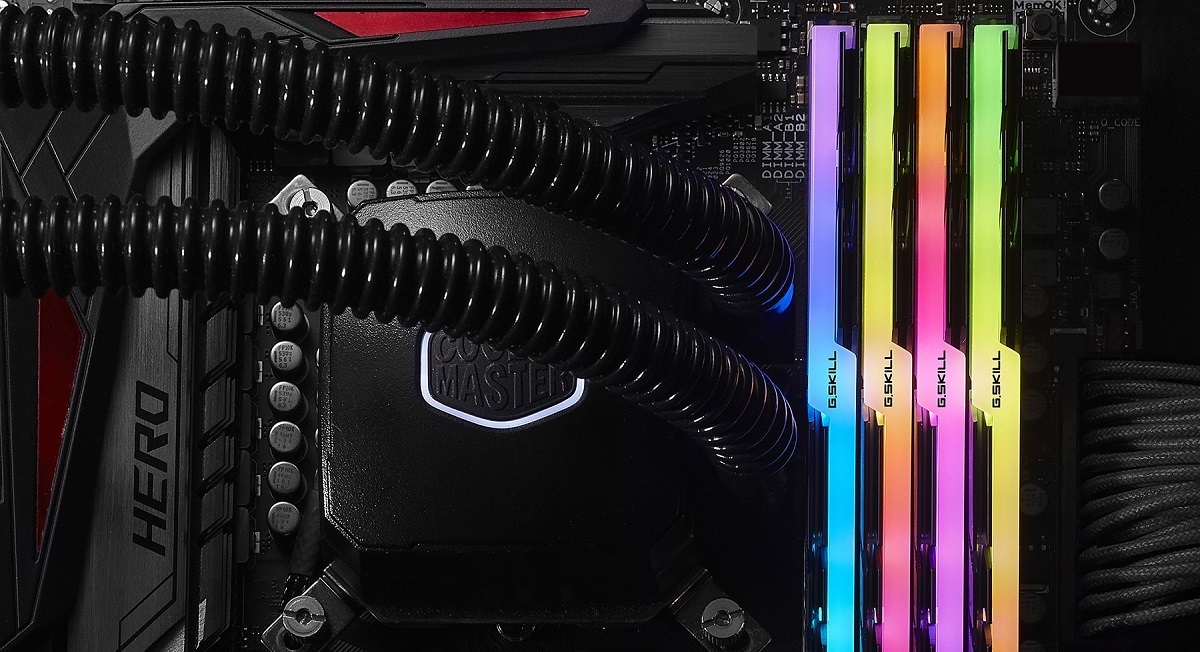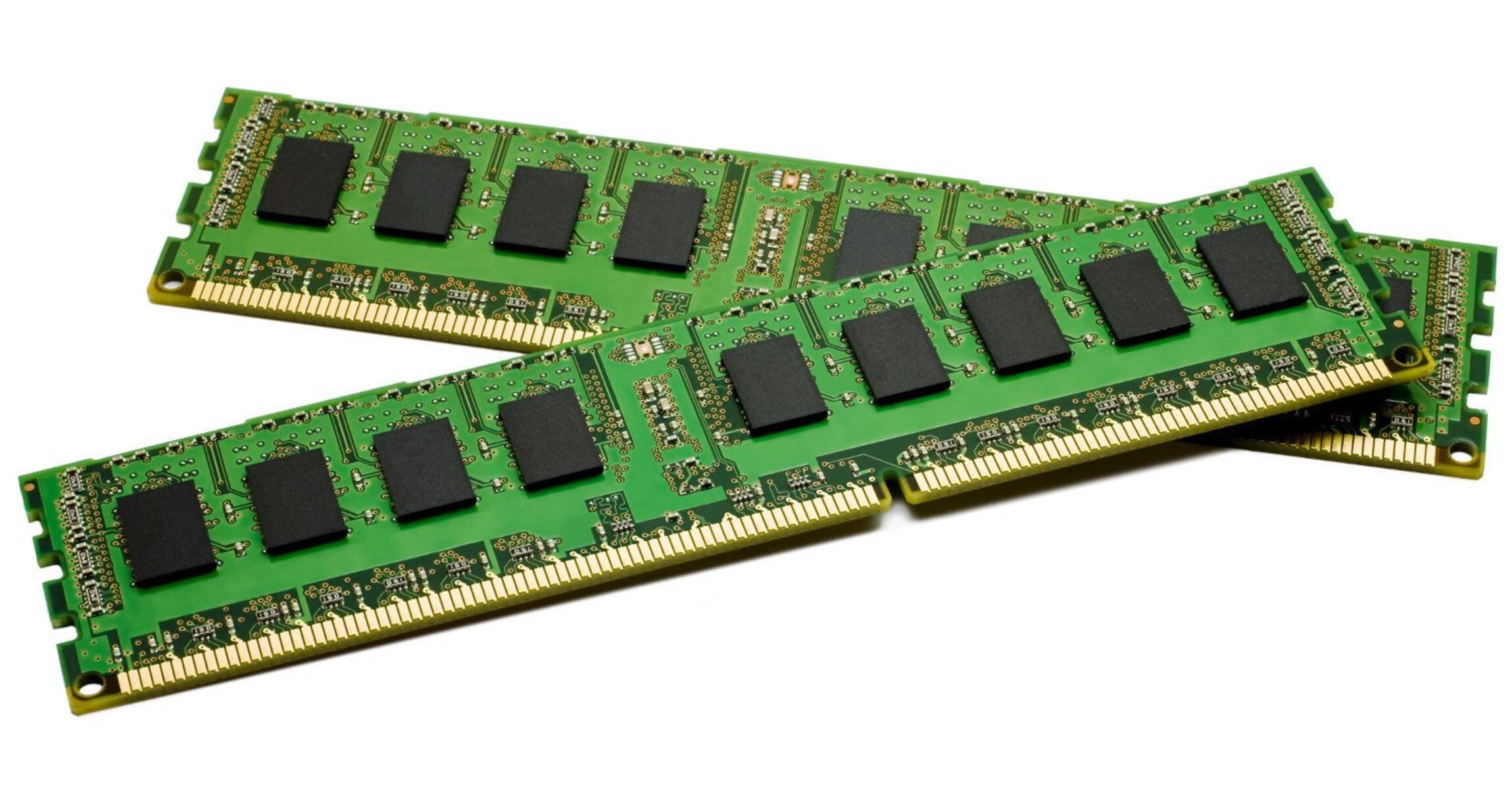Introduction
In the world of computers and technology, RAM, which stands for Random Access Memory, is a crucial component that determines the performance and speed of a computer system. It plays a vital role in storing and accessing data that is actively used by the operating system and software programs. As technology continues to advance, users are constantly looking for ways to optimize their computer’s performance and speed, leading to a common question – can RAM be downloaded to increase a computer’s memory capacity?
Before we delve into the answer to that question, it’s important to understand what RAM is and how it works. RAM is a type of volatile memory that stores data temporarily while the computer is running. It allows the CPU to quickly access and retrieve data, resulting in smoother multitasking and faster program execution. The more RAM a computer has, the more data it can store and access, ultimately leading to improved performance and responsiveness.
With the increasing demand for faster and more powerful computers, many users may be tempted to search for ways to download additional RAM. However, it is essential to understand that downloading RAM is not a legitimate or viable option.
What is RAM?
RAM, short for Random Access Memory, is an essential component of a computer system that plays a crucial role in its overall performance. It is a type of volatile memory that stores data and instructions that are actively used by the computer’s operating system and software programs while the computer is running.
When you open a program or perform any task on your computer, it requires the CPU (Central Processing Unit) to access and retrieve data from different parts of the system. This is where RAM comes into play. It acts as a temporary storage space for the data that the CPU needs to access quickly. Unlike the permanent storage of a hard drive or SSD, RAM can read and write data at incredibly fast speeds, allowing for quick and efficient data retrieval.
RAM works on the principle of random access, meaning that any byte of data stored in it can be accessed directly and without having to read through the entire memory sequentially. This random access feature enables the CPU to fetch and process data more efficiently, leading to faster performance and smoother multitasking capabilities.
The capacity of RAM in a computer is measured in gigabytes (GB) and is an important factor in determining the overall speed and performance of the system. The more RAM a computer has, the more data it can store and access, reducing the need for the CPU to constantly fetch data from the slower hard drive or solid-state drive storage.
It’s important to note that RAM is a temporary storage medium and does not retain data once the computer is powered off. When you shut down your computer, all the data stored in RAM is lost. This is why it is essential to save your work regularly and ensure important files are stored in permanent storage to avoid data loss.
Can RAM be downloaded?
One common misconception among computer users is the belief that RAM can be downloaded like software or files from the internet. Unfortunately, this is not the case. RAM is a physical component of a computer system and cannot be downloaded or installed through traditional means.
RAM is built into the computer’s motherboard or added externally through memory modules. It is not something that can be obtained by simply clicking a download button. It requires a physical installation, which may involve opening up the computer and inserting the RAM modules into the designated slots.
Downloading RAM from unknown sources or websites claiming to offer RAM downloads is not only misleading but also potentially dangerous. These websites often prey on unsuspecting users by enticing them with promises of increased performance and memory capacity. However, instead of providing genuine RAM, they may install malicious software or malware onto the user’s computer, compromising its security and potentially causing harm to the system.
It is important to be cautious and skeptical of any claims or websites that offer RAM downloads. Legitimate and reputable sources for RAM include computer hardware manufacturers or authorized resellers. When upgrading or adding RAM to your computer, it is best to consult a professional or refer to the manufacturer’s specifications to ensure compatibility and proper installation.
While downloading RAM may not be possible, there are legitimate ways to increase your computer’s memory capacity and performance. These methods involve physically adding more RAM modules or utilizing virtual memory settings within the operating system. It is recommended to consult with a computer technician or do thorough research before attempting to upgrade your computer’s RAM to ensure compatibility and proper installation procedures.
The dangers of downloading RAM
While the idea of downloading RAM may seem appealing to some users looking for a quick and easy way to enhance their computer’s performance, it is important to understand the potential dangers that come with such actions. Downloading RAM from unauthorized sources or websites can pose significant risks to both your computer and personal data.
One of the biggest dangers of downloading RAM is the possibility of downloading malicious software or malware onto your computer. Websites that claim to offer RAM downloads may actually be designed to trick users into installing harmful programs. These programs can have a range of negative effects, including compromising your computer’s security, stealing sensitive information, or causing system instability.
Additionally, downloading RAM from unreliable sources can lead to compatibility issues. RAM modules are designed to work with specific computer systems and have certain compatibility requirements. If you download and install RAM from an unknown source, there is a high chance that it may not be compatible with your computer’s hardware, leading to system instability or even failure.
Another danger of downloading RAM is the violation of copyright and intellectual property rights. RAM modules are manufactured by reputable companies, and downloading them without proper authorization is illegal. Engaging in such activities can result in legal consequences and financial penalties.
It is crucial to prioritize the security and integrity of your computer system by obtaining RAM from trusted sources. Instead of searching for dubious websites offering RAM downloads, it is recommended to rely on reputable computer hardware manufacturers or authorized resellers. These sources ensure that the RAM you acquire is genuine, compatible with your system, and free from any malicious software.
Ultimately, downloading RAM is not a safe or viable option. It is imperative to exercise caution and utilize legitimate methods for increasing your computer’s memory capacity. By consulting with professionals or referring to manufacturer specifications, you can ensure a secure and effective upgrade to your computer’s RAM without putting your system or personal data at risk.
The RAM download scam
The concept of downloading RAM has given rise to various scams targeting unsuspecting computer users. These scams often exploit the common misunderstanding regarding the feasibility of downloading RAM and trick users into falling victim to their deceptive tactics.
One common form of the RAM download scam involves websites claiming to offer free or low-cost RAM downloads. They attract users by promising significant performance improvements and increased memory capacity without the need for physical installation. However, these websites are designed to deceive users and carry out malicious activities.
When users attempt to download RAM from these scam websites, they are often prompted to install software or complete surveys before gaining access to the supposed RAM download. However, instead of obtaining additional RAM, they end up installing malware or potentially unwanted programs onto their computers.
These scams can have severe consequences for users. The installed malware can compromise the security of the computer, leading to unauthorized access to personal information, financial loss, or even identity theft. Furthermore, the installed programs may be difficult to uninstall fully, causing ongoing issues with system performance and stability.
It is crucial to remain vigilant and skeptical of any website or offer claiming to provide RAM downloads. Legitimate RAM upgrades generally involve purchasing physical RAM modules from reputable sources. Always exercise caution when downloading any software or providing personal information online, especially if it involves claims of downloading RAM.
To protect yourself from falling victim to the RAM download scam, it is advisable to rely on trusted sources when upgrading your computer’s RAM. Consult with authorized computer hardware manufacturers or knowledgeable professionals who can guide you through the legitimate process of increasing your computer’s memory capacity.
Remember, if something seems too good to be true, it probably is. Avoid the temptation of downloading RAM from suspicious websites and instead prioritize the security and health of your computer system by following trusted and reliable methods for RAM upgrades.
How to actually increase your computer’s RAM
If you’re looking to increase your computer’s RAM, there are legitimate and effective methods to do so. Here are some steps you can take to increase your computer’s memory capacity and improve its performance:
- Identify the compatibility and maximum RAM capacity of your computer: Before purchasing new RAM modules, it’s important to determine the maximum amount of RAM your computer can support and the type of RAM it requires. You can refer to your computer’s manual or manufacturer’s website for this information.
- Purchase compatible RAM modules: Once you have identified the appropriate type and maximum capacity of RAM for your computer, purchase high-quality RAM modules from reputable manufacturers or authorized resellers. Ensure that the modules match the specifications required by your computer.
- Power off and unplug your computer: Before installing the new RAM modules, make sure to power off your computer and unplug it from the power source. This will prevent any electrical damage and ensure a safe installation process.
- Locate the RAM slots: Open your computer’s casing and locate the RAM slots on the motherboard. Depending on your computer model, there may be multiple slots.
- Remove old RAM modules (if necessary): If your computer already has RAM modules installed and you’re replacing them, gently remove the old modules by pushing down on the retaining clips on the sides of the slots and carefully lifting the RAM out of the slot.
- Insert the new RAM modules: Take the new RAM modules and align the notches on the modules with the notches on the RAM slots. Insert the modules into the slots at a 45-degree angle and apply firm and even pressure until the module clicks into place. Make sure the retaining clips on the sides of the slots secure the RAM modules.
- Secure the computer casing and reconnect power: Once the new RAM modules are installed, secure the computer casing and plug in the power source. Power on your computer and verify that the new RAM is recognized by checking the system settings or using software tools.
It’s important to note that adding more RAM to your computer will not necessarily solve all performance issues. While it can improve multitasking capabilities and speed up certain tasks, other factors like the processor, storage drive, and overall system configuration also impact performance.
If you’re unsure about the process or want to ensure proper installation, it’s recommended to seek assistance from a professional or consult the manufacturer’s guidelines. This will ensure a seamless and successful upgrade, optimizing your computer’s performance with increased RAM capacity.
Alternative options for boosting your computer’s performance
Increasing your computer’s RAM is not the only way to boost its performance. There are several alternative options that can help optimize your computer’s speed and responsiveness. Here are some alternatives to consider:
- Upgrade your storage drive: If your computer still uses a traditional hard disk drive (HDD), consider upgrading to a solid-state drive (SSD). SSDs are faster and more reliable than HDDs, resulting in improved overall system performance and quicker load times for applications and files.
- Free up disk space: Over time, your computer’s storage drive can become filled with unnecessary files and applications, which can slow down performance. Regularly clean up your disk space by removing unwanted files, uninstalling unused programs, and using disk cleanup tools.
- Optimize startup programs: Many programs automatically start running when you boot up your computer, which can impact its startup time and overall performance. Review your startup programs and disable any unnecessary ones to speed up the booting process.
- Update your operating system and drivers: Keeping your operating system and device drivers up to date ensures that you have the latest performance optimizations and bug fixes. Regularly check for updates from the operating system provider and your computer’s manufacturer.
- Manage background processes: Be mindful of the number of background processes running on your computer. Some applications and services continuously run in the background, consuming system resources. Close any unnecessary processes to free up memory and improve performance.
- Run regular maintenance tasks: Perform routine maintenance tasks such as disk defragmentation, system optimization, and malware scans. These tasks help organize files, remove redundancies, and ensure your computer is running at its best.
- Increase virtual memory: Virtual memory, also known as a page file, can supplement your computer’s physical RAM when needed. Adjusting the virtual memory settings can help improve performance, especially when dealing with memory-intensive applications. Consult your operating system documentation for guidance on adjusting virtual memory settings.
- Upgrade your graphics card: If you use your computer for graphic-intensive tasks such as gaming or video editing, upgrading your graphics card can significantly boost performance. A more powerful graphics card can handle complex visuals and render them more efficiently.
- Consider a system cleanup and optimization tool: There are various software tools available that can automate the process of cleaning up your computer, optimizing its performance, and identifying potential issues. Research and choose a reputable tool that suits your needs.
By exploring these alternatives, you can enhance your computer’s performance without solely relying on increasing RAM. However, it’s important to consider the specific requirements and limitations of your computer’s hardware and consult professionals or experts if needed to ensure optimal results.
Conclusion
Understanding the limitations of downloading RAM is crucial to avoiding scams, protecting your computer, and optimizing its performance. While it may seem tempting to search for quick fixes or shortcuts to increase RAM capacity, it’s important to approach these claims with skepticism and rely on legitimate methods.
RAM is a physical component of a computer system and cannot be downloaded or installed through traditional means. Websites claiming to offer RAM downloads are often scams that aim to deceive users or install malicious software. Downloading RAM from unauthorized sources not only puts your computer at risk but also violates copyright and intellectual property rights.
To legitimately increase your computer’s RAM capacity, you can purchase compatible RAM modules from reputable sources and install them following manufacturer guidelines. Additionally, consider alternative options for boosting your computer’s performance, such as upgrading storage drives, optimizing startup programs, and running regular maintenance tasks.
By taking these steps, you can optimize your computer’s performance, enhance multitasking capabilities, and ensure a smoother computing experience. Remember to consult professionals or trusted resources to ensure compatibility and proper installation procedures when upgrading your computer’s RAM or implementing alternative performance-boosting methods.
Investing time and effort into understanding your computer’s hardware and exploring legitimate ways to optimize its performance will yield more reliable and effective results than falling for the scams and false promises of downloadable RAM. Prioritize the security and integrity of your computer system by following trusted and reputable methods for RAM upgrades and performance enhancements.







